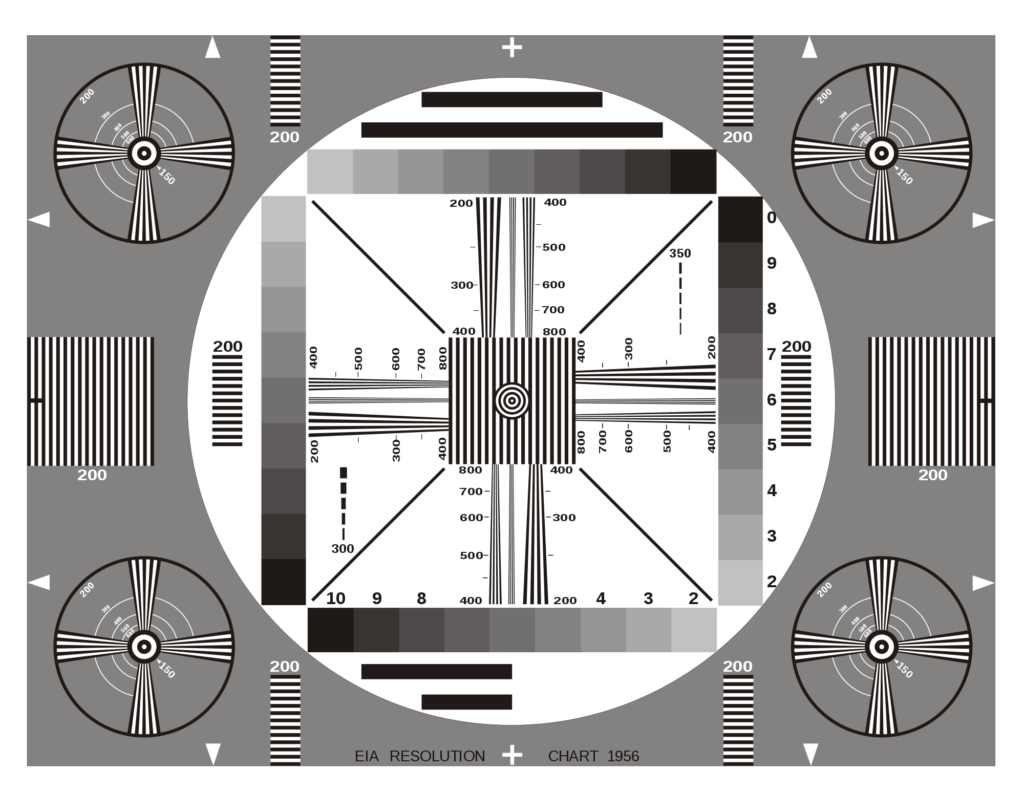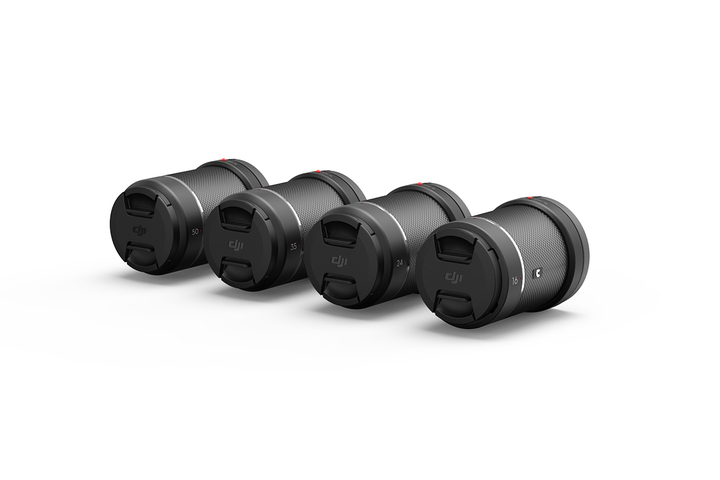
Rent or Buy the Best Camera Drone
Photography is all about composition and perspective. Camera drones allow you to see angles and viewpoints you’ve never before imagined! We’ll help you choose the best photography drones and understand the tradeoffs you need to make when deciding how to buy a drone for aerial photography and creative drone imaging.
Choosing the Camera Drone that’s Right for You
Camera choices used to come down to brand loyalty. Photographers purchased into a system from a big manufacturer like Canon or Nikon and stayed in that brand for decades. With drones, those affinities are up for grabs as new, nimble players like DJI enter the market. Let’s go back to basics and look at all the factors that will help you decide which features are the most important when buying the best camera drone for you.
Megapixels vs. Sensor Size
With the advent of digital cameras, the “megapixels wars” dominated product life cycles as users sought higher resolution above all else. Drone cameras have followed a similar trend, but quickly changed in the same way as traditional cameras when users began to realize that sensor size often has a larger impact on overall image quality. A larger sensor, even one with fewer megapixels, allows the drone’s camera to capture more light and produce less noise, which gives a sharper, more detailed image. We recommend that you start with the sensor size decision and then don’t worry about the megapixels as you buy the best camera drone you can afford in a particular price range.

Drones typically come in three classes of sensor size: large, medium, and small. The large sensors are the same ones you’ll see on interchangeable lens cameras from traditional makers such as Canon, Sony and Panasonic. The small sensors are probably the same ones in your high end cell phone from Apple or Android. In between are 1” sensors that, while too big for a cell phone, provide great image quality and are still small enough to fit in a large backpack.
Camera Drones with Interchangeable Lenses

If you have a micro four-thirds (MFT) camera such as a Panasonic GH4 or GH5 and want to use your existing lenses on your new drone, the decision is really easy: buy a drone with an Full Frame camera and you’ll be instantly ready to go. The best example of Full Frame drone cameras is the Zenmuse P1 from DJI. It can be flown on either the DJI Matrice 300 or the Matrice 350 series; the Inspire 2 is targeted toward photographers and video users, while the Matrice lineup serves the needs of industrial and agricultural users.
No matter which drone you pick to carry it, the Zenmuse P1 will produce solid results for years to come. While slightly smaller than a typical DSLR sensor, the X7 Full frame sensor still has 45 megapixels of resolution, so the pixel-density will yield a great balance of low-noise and high-resolution. This drone drone can capture some stunning landscapes, very similar (especially in daylight) to what you’d get with much larger sensors. Long zoom lenses won’t be stable enough in flight, so if you have the need to really get in close, we recommend trying out the H20 Series camera, which zooms up to 200X and takes 20MP still photos.
If you want the absolute best photography drone camera available today and don’t mind buying proprietary lenses, check out the DJI Zenmuse X7. It’s got a larger Super 35mm sensor for even lower noise and slightly higher resolution (24 MP) than the X5S. You’ll need one of DJI’s DL-mount prime lenses (no other system lenses will work on the X7), but they come in a wide variety of focal lengths that should meet any use case for landscape photography, architecture, or grabbing stills of people and crowds. During the day, the X7 will produce similar results to the X5S, but at night the larger sensor can give much better detail in both video and still modes, so check out the X7 and the DL lens assortment if you require a lot of flexibility for night flying or need the absolute best image quality.
Portable Drones for Photography in the Wild

Sometimes you’ll need to carry your drone off the beaten path. That’s where the portability of smaller drones becomes essential. You’ll find three options that will let you choose the size and weight you’d like to carry on your journey.
When you can afford the space to take a dedicated drone backpack and need higher resolution photos, look no further than the DJI Phantom 4 Pro. It features a 20-MP 1” sensor that’s smaller than the X7/P1 cameras, but is still 6X bigger than cell phone camera sensors. It yields an amazing amount of detail in still photos and can take 4K video at 100 Mbps. The Phantom 4 Pro, controller, and multiple spare batteries all fit in a convenient backpack, so you can go anywhere with your professional-level camera drone.
If you need a solution even smaller than the Phantom series, check out the Mavic 3 series folding drones. The Mavic 3 Series folds to the size of a large water bottle and has specially designed motors and propellers that reduce noise. The Mini 4 Pro folds even smaller, fitting into a pocket on your jacket for take-anywhere convenience. Both of those folding wonders have 12-MP cameras that take photos as good as the best smartphones, so you’ll never again miss a shot when you carry a portable folding camera drone.













